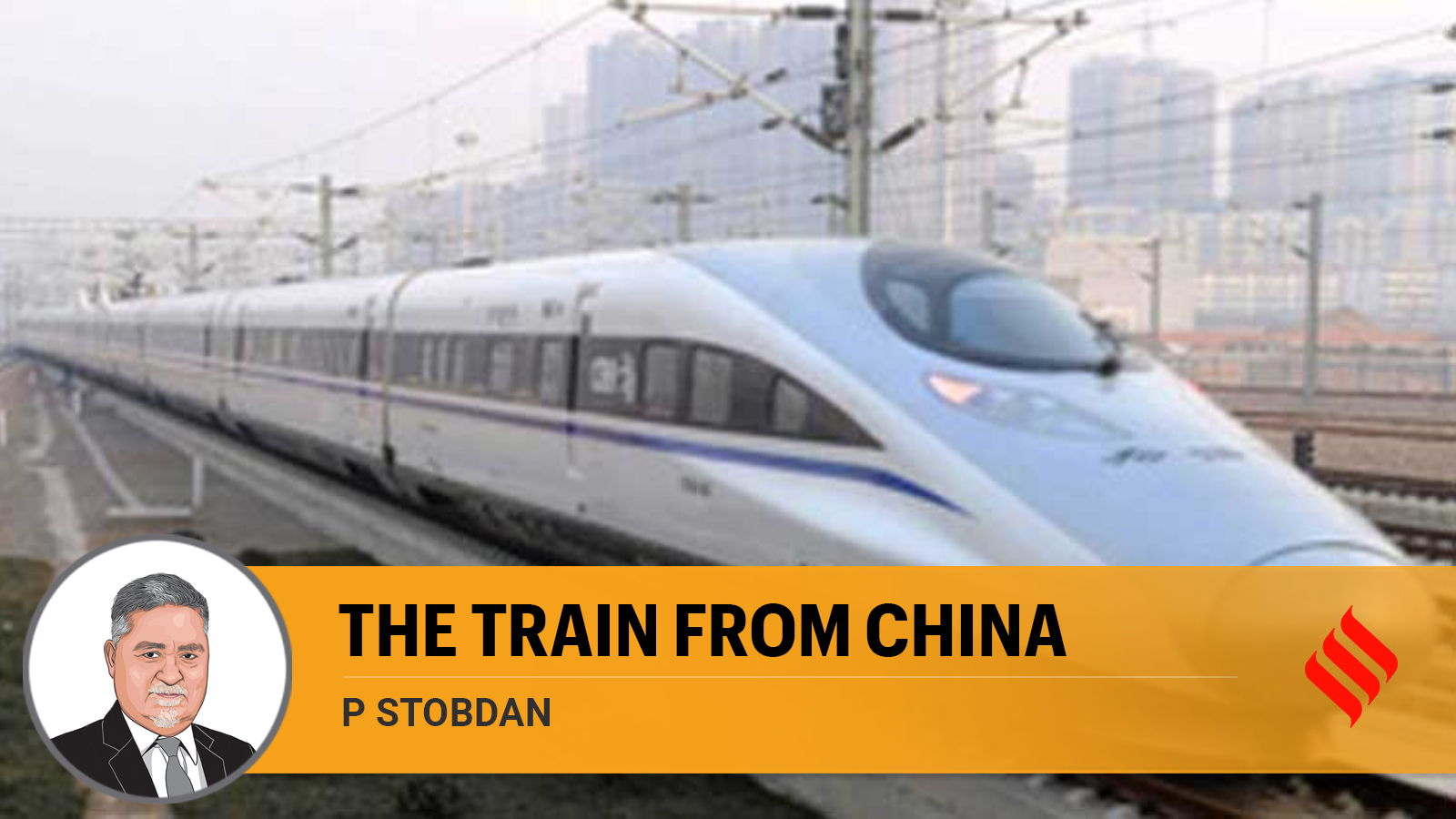



China is reviving Mao Zedong's 1964 'Third Front Construction' plan to relocate critical industries to its western regions as part of a broader initiative aimed at achieving economic self-reliance. This revival is motivated by contemporary challenges, including US technology curbs and supply chain disruptions. The original Third Front plan was conceived during the Cold War, driven by fears of a nuclear attack, and aimed to bolster China's industrial capabilities in less developed areas. The current initiative emphasizes the importance of developing the strategic hinterland, as highlighted in a resolution during the July 2024 Communist Party third plenum [7d369fe7].
The economic landscape in China reveals stark regional disparities, with ten eastern provinces accounting for over half of the country's GDP, while twelve western provinces contribute only 21%. Experts suggest that the new plan not only aims to enhance national security but also seeks to reduce regional inequality. Xi Jinping's tour of Sichuan in June 2022 underscored the strategic importance of the western regions in this context [7d369fe7].
However, lessons from the past Third Front failures remind policymakers of the need for careful planning and consideration of local conditions to avoid repeating historical mistakes. The initiative reflects a broader shift in China's economic strategy, focusing on self-reliance amid global uncertainties [7d369fe7].
In addition to these economic strategies, China is also expanding its infrastructure along its western borders, particularly in Tibet and Xinjiang, to enhance its military capabilities. This includes the construction of airports, heliports, roads, and railways, driven by perceived security threats from neighboring countries, particularly India. The infrastructure projects are intended to facilitate troop movements and improve connectivity in remote areas [4109ae8d].
China's military infrastructure development has raised concerns, especially with the completion of the G216 highway, which allows for rapid mobilization of troops near the contested Aksai Chin region. Furthermore, the construction of the China-Kyrgyzstan-Uzbekistan railway aims to enhance China's presence in Central Asia and improve freight transportation capabilities to Europe [bb99415b].
As tensions with India continue, China's infrastructure expansion is likely to tie down a significant portion of the Indian Army. The ongoing military standoff in eastern Ladakh highlights the strategic importance of these developments [167b6f32].
In this complex geopolitical landscape, China's revival of the Third Front plan and its military infrastructure projects reflect a dual approach to securing its economic and national interests while addressing regional disparities [7d369fe7].